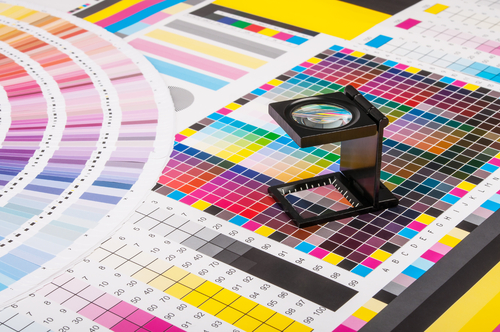Often considered “the greatest thing that’s happened to the industry,” there are many reasons for printing to standards.
While most print professionals consider setting industry standards a positive, there are a few rebels who insist they print “beyond standards” while not following a set formula or methodology. Thankfully, many companies have come in line with accepted processes, which are an advantage both to print professionals and customers.
Within The Industry
Printing to standards levels the playing field, as it takes some of the emphasis off who has the newest and most expensive equipment. Instead, the focus is placed on print professionals with the most skill, who are capable of constantly producing high quality jobs.
Another benefit of printing to standards is that it offers clear guidelines for regular improvement. When work is judged with measurable targets, it makes it clear what needs to be done better, without guessing.
Consistency is also improved when printing to standards. Better brand integrity is achieved, as repeat runs of products come out the same.
Finally, setting specific print standards is better for those working in the industry, as it takes some time to become familiar with the formulas and numbers involved. They become easier, but mastery of printing to standards puts workers in an elite class, defined by their skill and quality.
Better For Customers
Printing to standards is also highly beneficial to our customers, as it gives them a certain level of quality and consistency to expect when placing a print order.
Operating on a consistent formula is also great for keeping costs down, as they typically enable printers to make fewer mistakes and produce less waste which still has to be accounted for financially.
Furthermore, industry standards are generally put in place that outline the preferred methods of submitting a project for print. These guidelines help customers understand what is necessary to produce high quality work, and ensure that they get the best end product possible. Such guidelines include:
- Preferring documents submitted as .JPG, .PDF or Vector files.
- Accepting artwork at 300ppi (pixels per inch) or higher, so it’s not distorted or fuzzy when it goes to print.
- Saving and sending in art at the size for printing, as it can’t be scaled up.
- Designing using the CMYK colour palette and not RGB, which is typically only for computer displays.
- Designing using correct bleed and safe zones so art and text are not cut off and print is seamless, with no lines around the edges.
Additionally, you can find out more in our handy online support guides!
Printing to standards gives everyone involved in the production and purchasing processes the information necessary to create and receive top quality print. People know what is expected of them and in turn, what to expect, and lines of communication are clearer when the steps are understood.








